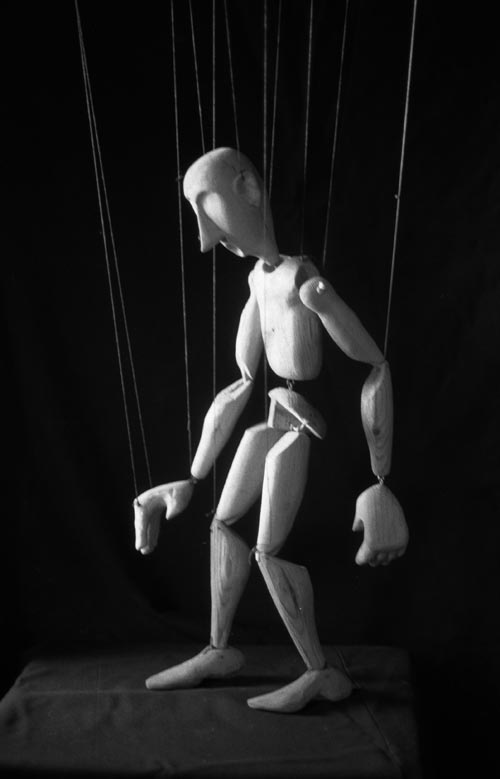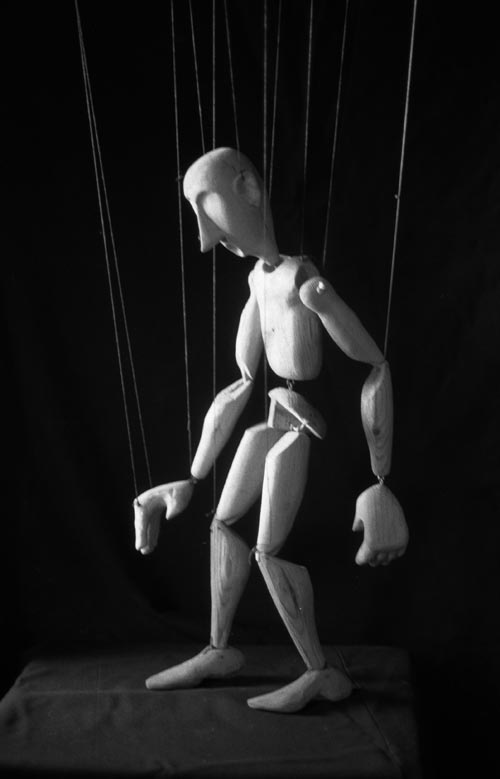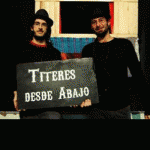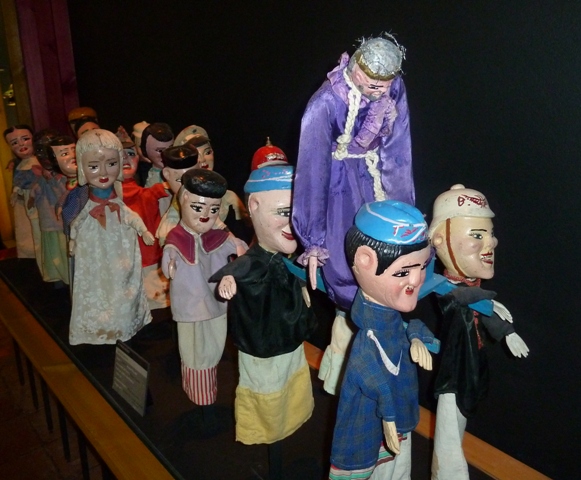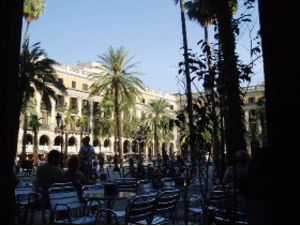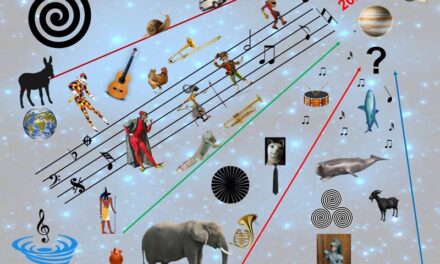To speak of puppetry today is also to speak about visual theatre and the theatre of objects, of performances that play with the duplication of the image and body of the performer without technical or conceptual limits; it is to speak about opera, musicals, experimental theatre, large-scale works, and theatre for the youngest audiences.
There are also museums, schools, archives, specialists, and those festivals that have done so much to cultivate and to maintain the genre. We should mention here the backing and faith in our project shown by entities such as TOPIC of Tolosa and their festival Titirijai, Lisbon’s Museo da Marioneta, Barcelona’s Institut del Teatre, the Poble Espanyol in Barcelona with its TOT Festival, and the Institut Ramón Llull.
In the wider context of puppetry, we can discover centuries-old traditions that retain their vibrancy today; rites that speak of collective imaginary worlds with ancient roots. Puppetring hopes to speak of all these things.
We are living at a time of extraordinary creativity. A new generation of young artists and puppeteers are taking the genre to new heights with remarkable, high-quality performances. Not since the 1970s, when Europe witnessed a resurgence of the genre, has an eruption of this kind taken place. New values and a new means of using visual language in puppetry have been developing on a worldwide scale, across China, Brazil, Argentina, Chile, Peru, India, Japan, South Africa, Mexico, Indonesia, South Korea, Australia and Turkey, as well as in Europe. It is clear as to why: puppet theatre, understood in its widest sense, satisfies better than any other dramatic language this century’s most pressing expressive need, which is to tackle complexity through the synthesis of art. The greater the complexity, the greater the need for synthesis. What is called for is a synthesis capable of speaking to us about the complex without reductionism or conceptual over-simplification. Objects, and the figurative multiplicity of performance and representation offers us this possibility. For this reason the art of puppetry has been enriched by the arrival of creative artists from a wide variety of disciplines, some more technical, others coming from old style artistic schools, from actors’ theatre, or robotics pure and simple.
We are in a situation of renovation and splendour that, from Puppetring and its sister sites, we wish to accompany and support, and make more widely visible. Three magazines in one, open to the world, articulating, with due care, the local and global together.

